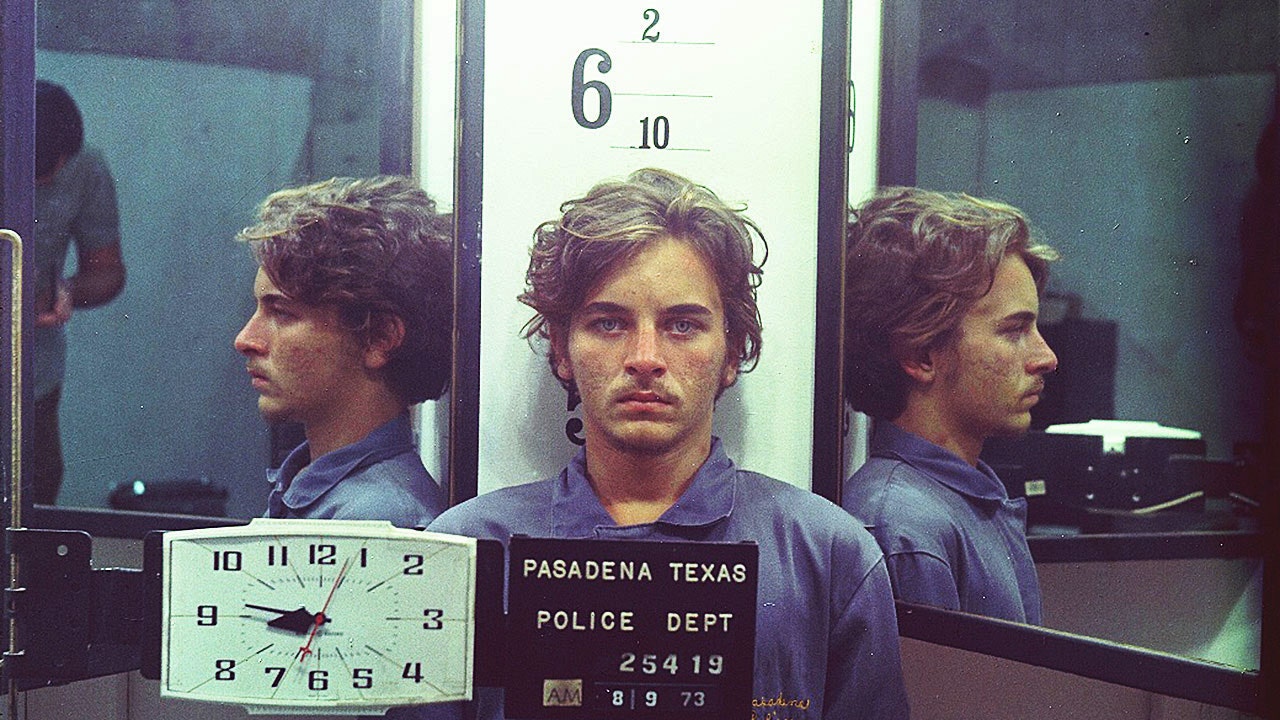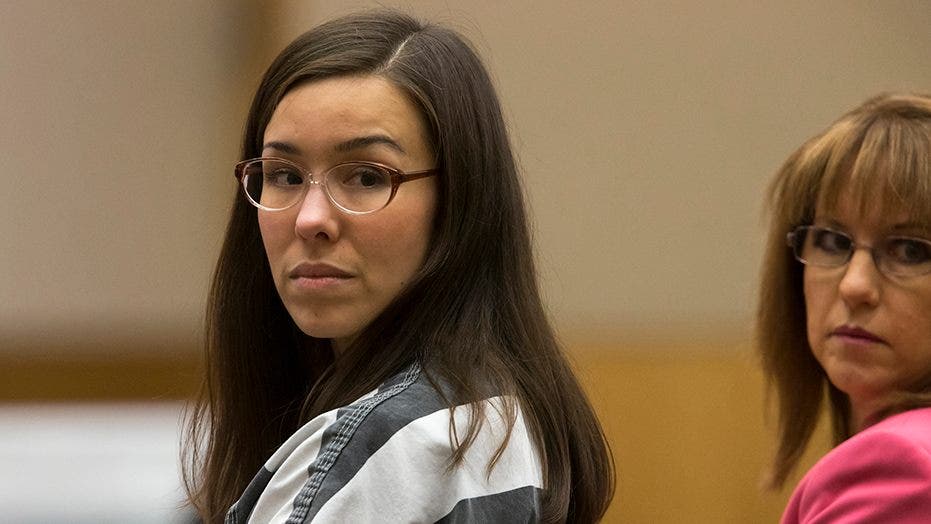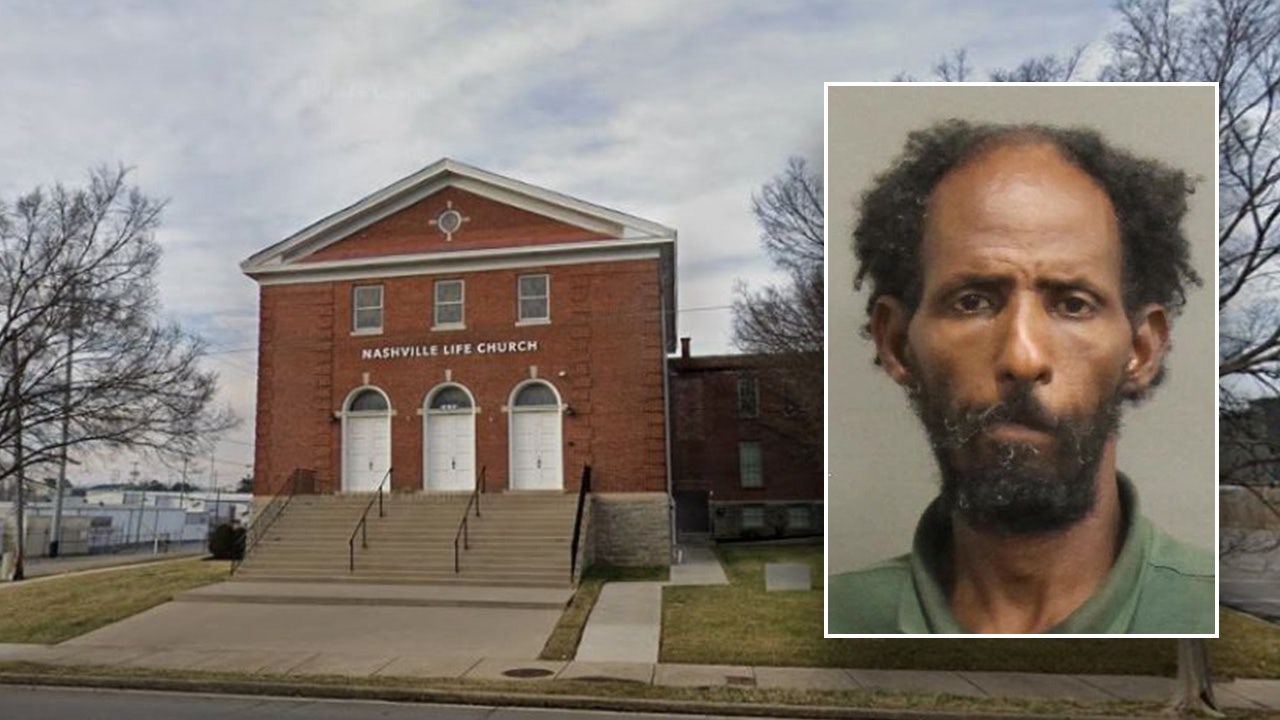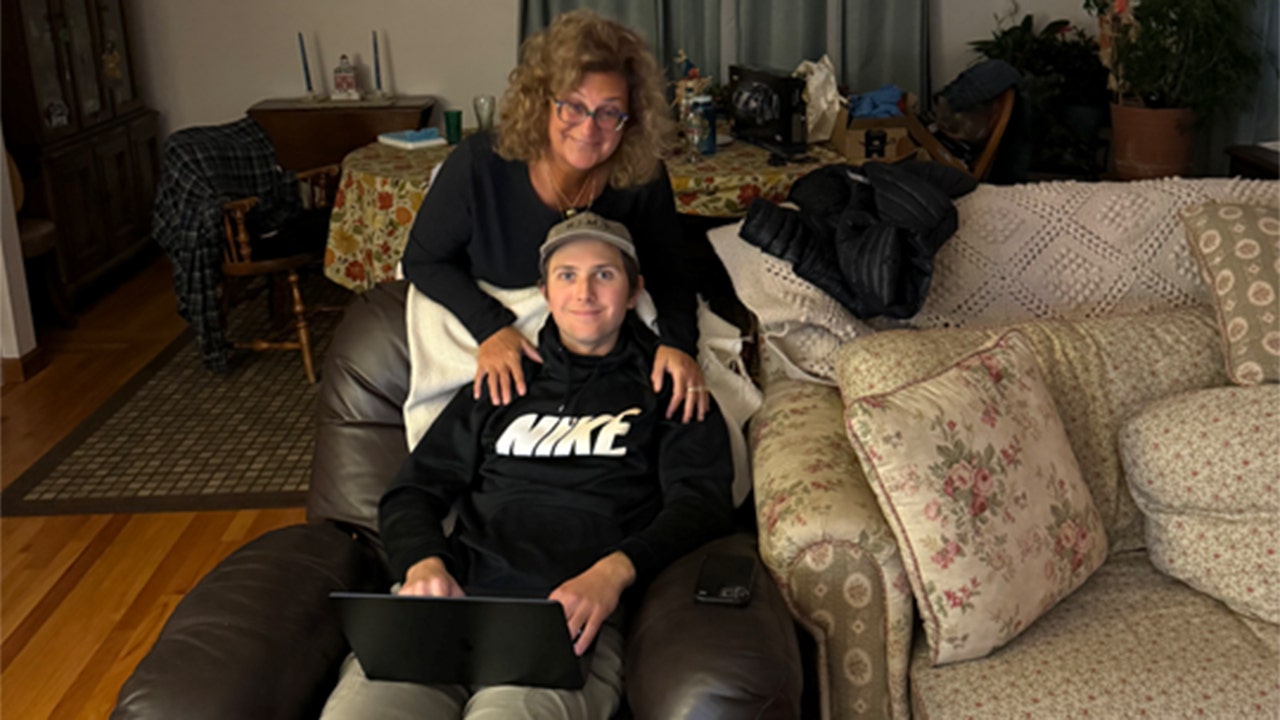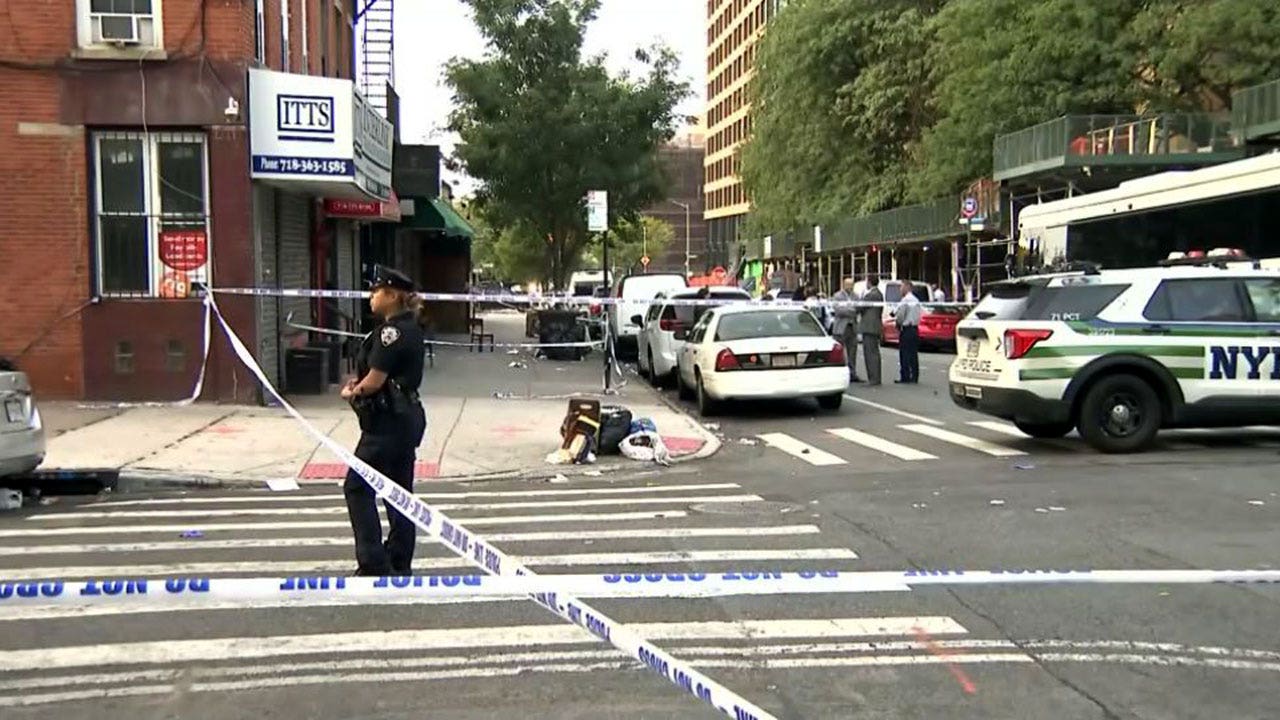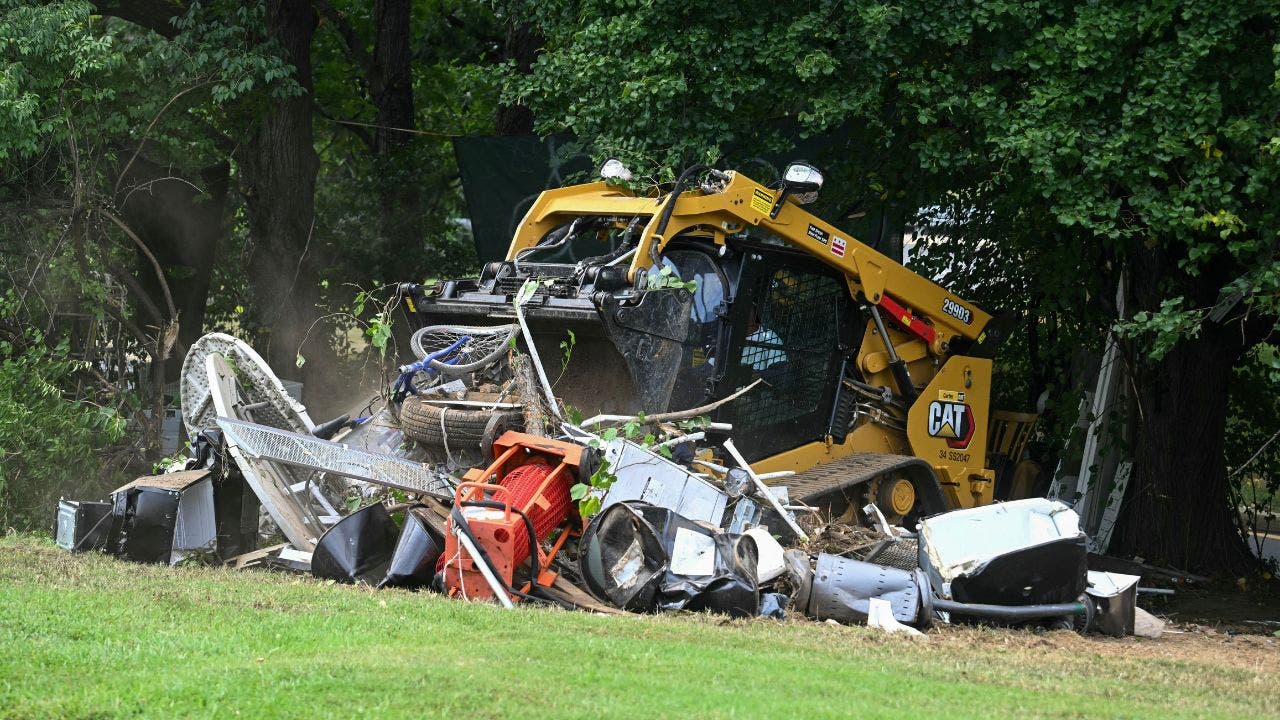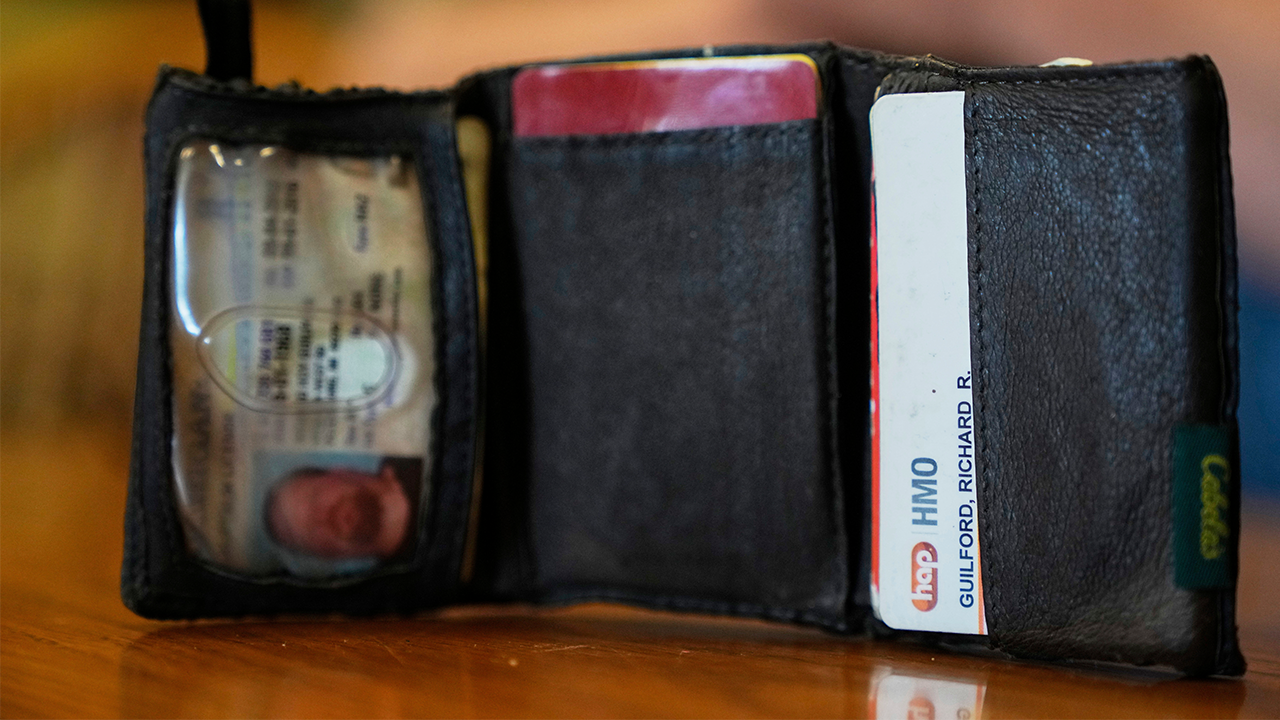NEWYou can now listen to Fox News articles!
Elmer Wayne Henley Jr. was a 15-year-old gas station worker when he became an accomplice to the “Candy Man” serial killer.
Now 69, Henley is serving a life sentence for his part in helping Texas murderer Dean Corll lure young victims to be tortured and killed during the ‘70s. Henley is speaking out in a new Investigation Discovery (ID) true-crime documentary, “The Serial Killer’s Apprentice.”
In the film, Henley has candid conversations with renowned forensic psychologist Katherine Ramsland, who studied his case. According to the network, this is the first time in decades Henley is speaking out in great detail about the killings.
TYLENOL MURDERS SUSPECT GAVE EERIE FINAL INTERVIEW BEFORE DEATH
Ramsland told Fox News Digital she believes Henley is remorseful for the crimes he committed.
“When Wayne looks back — and he doesn’t like to — he’s horrified,” said Ramsland. “When we started talking, he would have nightmares. He suffered from PTSD for some time after he first went to prison. He hates that he was a part of this. He hates that this is what his life has come to. He doesn’t want to be identified as a person who is a part of a serial murder team, even though he was.”
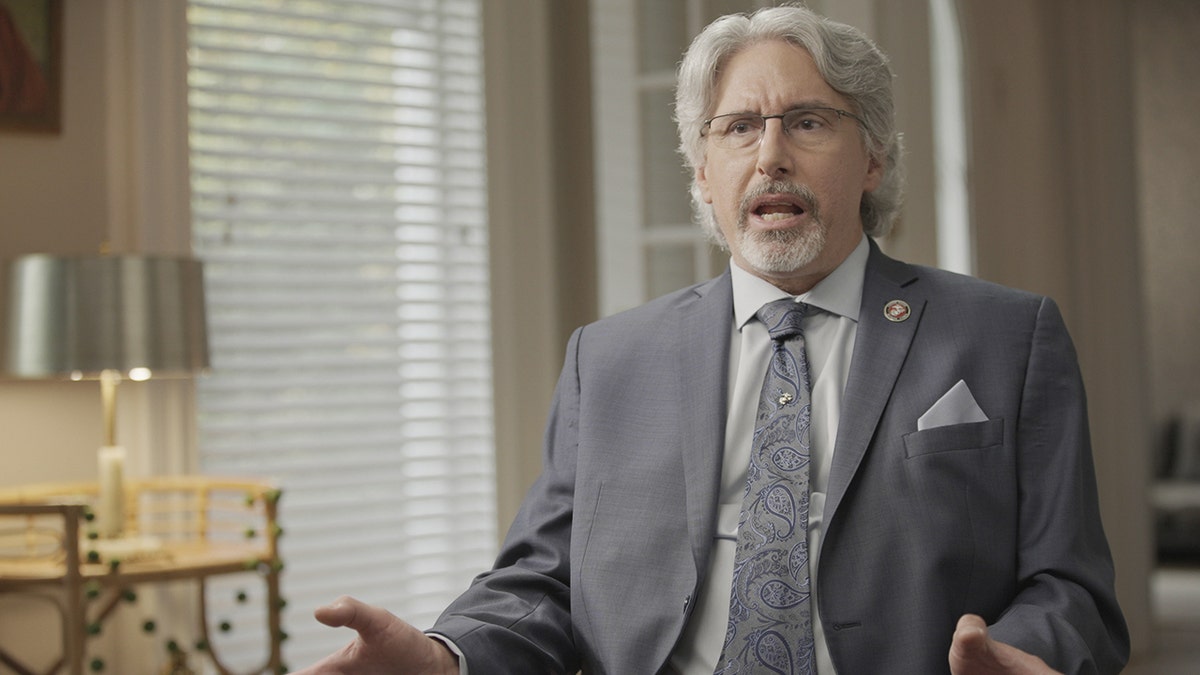
“I told the FBI … he’s not really a serial killer because he didn’t have the motivating drive for me,” Ramsland said. “He just participated in it. So, technically, yes, he killed more than two people, but he didn’t want to.”
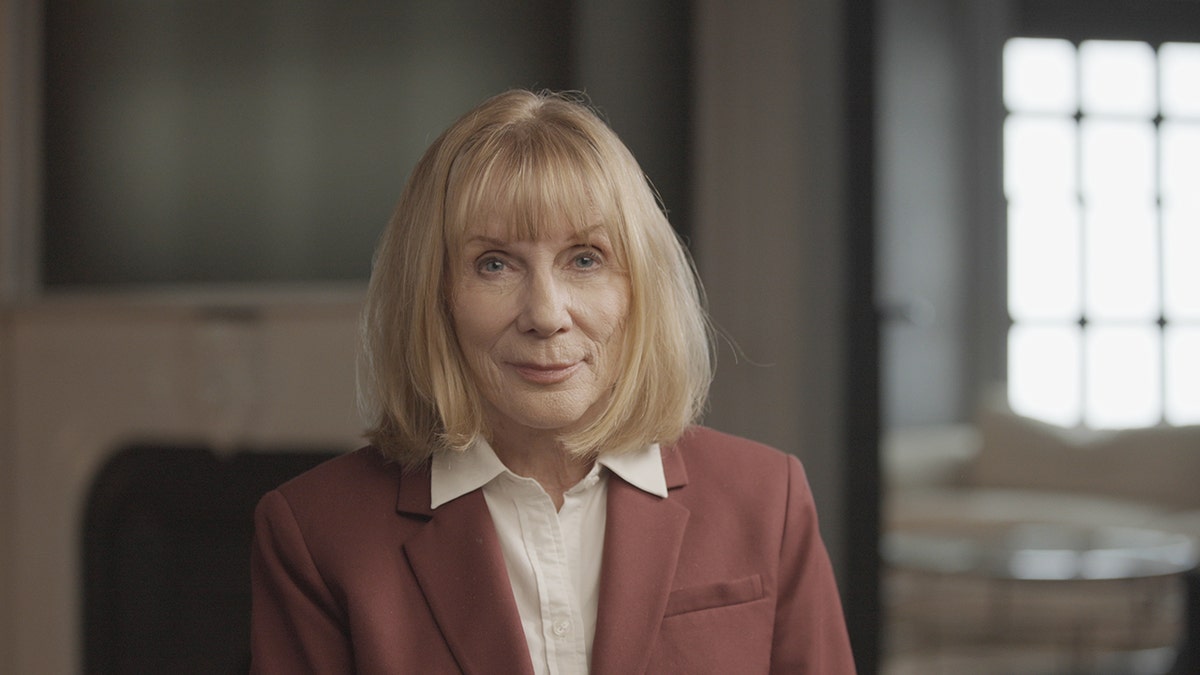
According to Ramsland, Henley grew up in a broken home in Texas. His grandmother raised him after his abusive father abandoned the family. At 14, he began working at a gas station to support his mother, who was struggling to make ends meet while raising his three younger brothers.
Henley skipped school one day to smoke marijuana when he met David Brooks, an older teen who appeared to have plenty of money without a job.
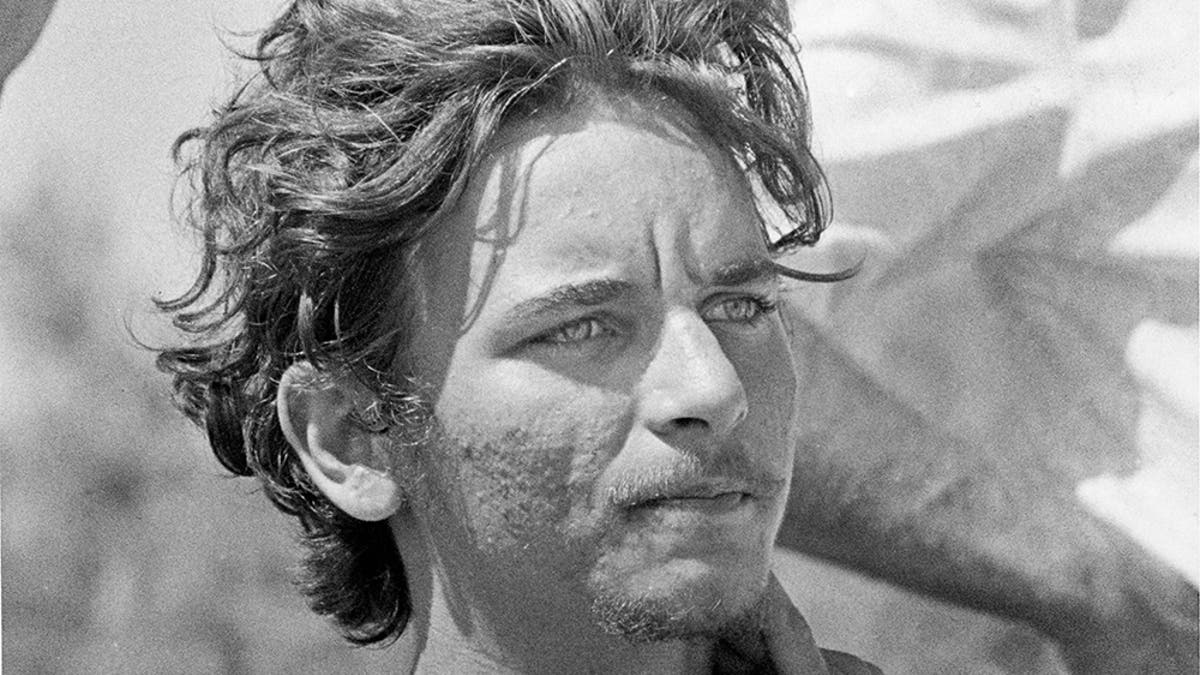
“He thought, ‘How is that possible? Cut me in on this,’” said Ramsland. “Brooks introduces him to his neighbor, Dean Corll, who then tells him about an arrangement.”
FOLLOW THE FOX TRUE CRIME TEAM ON X

Corll was a Houston electrical company worker and former candy store owner who was known for handing out sweets to children. When Brooks brought a curious Henley over to Corll’s home, the “Candy Man,” as known by locals, made an offer.
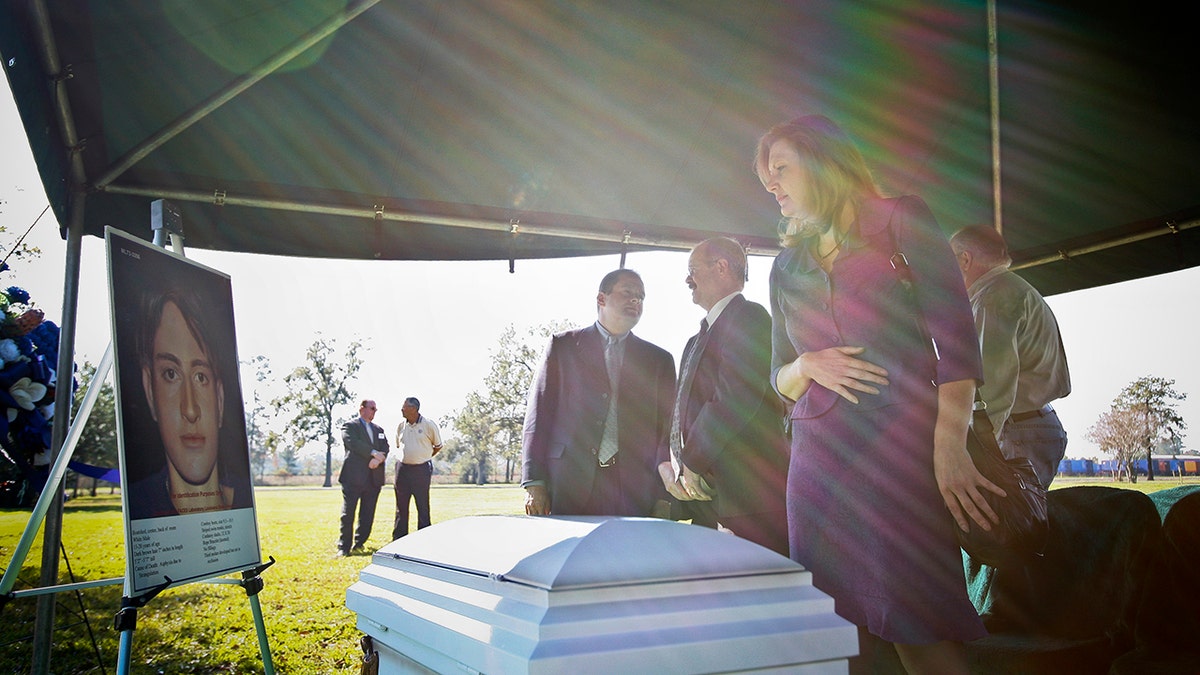
“[He] tells him, ‘We pick up boys who are hitchhikers and have no place to go, and we [send] them to California. They become pool boys for some rich family. They make out great, and we get paid for it. It’s a way for you to make $200,’” Ramsland explained.
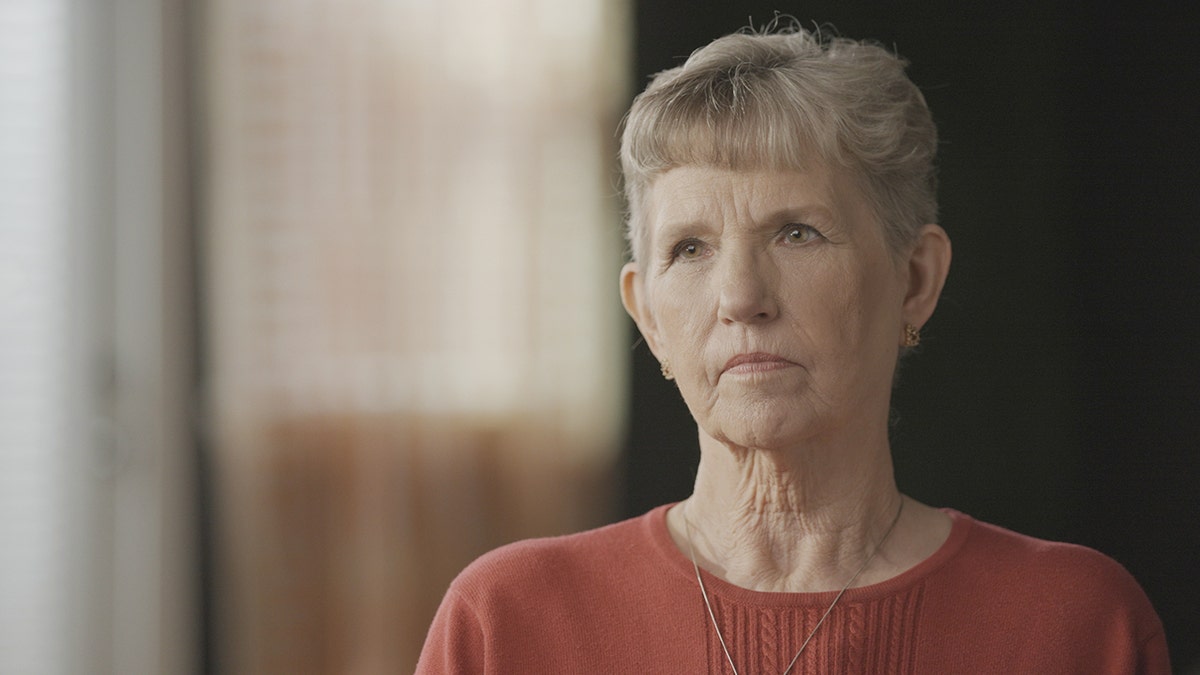
“That’s a lot of money for a kid, a 15-year-old who’s making peanuts at a part-time job at a gas station. And it sounded like nobody was getting hurt. This is Corll’s way to reel Wayne in. To Wayne, it just sounded like everybody wins.”
WATCH: FOX NATION DOCUMENTARY HIGHLIGHTS SERIAL KILLER’S MYSTERIOUS AMAZON REVIEWS
Henley told Corll his mother knew where he was, and Ramsland believes that move saved him from being a victim.
After earning Corll’s trust, Henley, who was eager to make money fast, picked up a young hitchhiker.

“Corll kills [the hitchhiker], not in front of [Wayne], but he told him, ‘That guy died, and you were a part of that, and now you have to do what I say.’ Wayne could have gone to the police, but he thought, ‘Who’s going to believe me, a kid against an adult? And I don’t even know where this body is. I don’t even know what he did. I didn’t witness it. I can’t lead them anywhere.’
“Corll also said there was this syndicate of traffickers who were watching all the time,” Ramsland added. “If anything happened to them, they would come for Wayne. … He didn’t think he had a way out.”
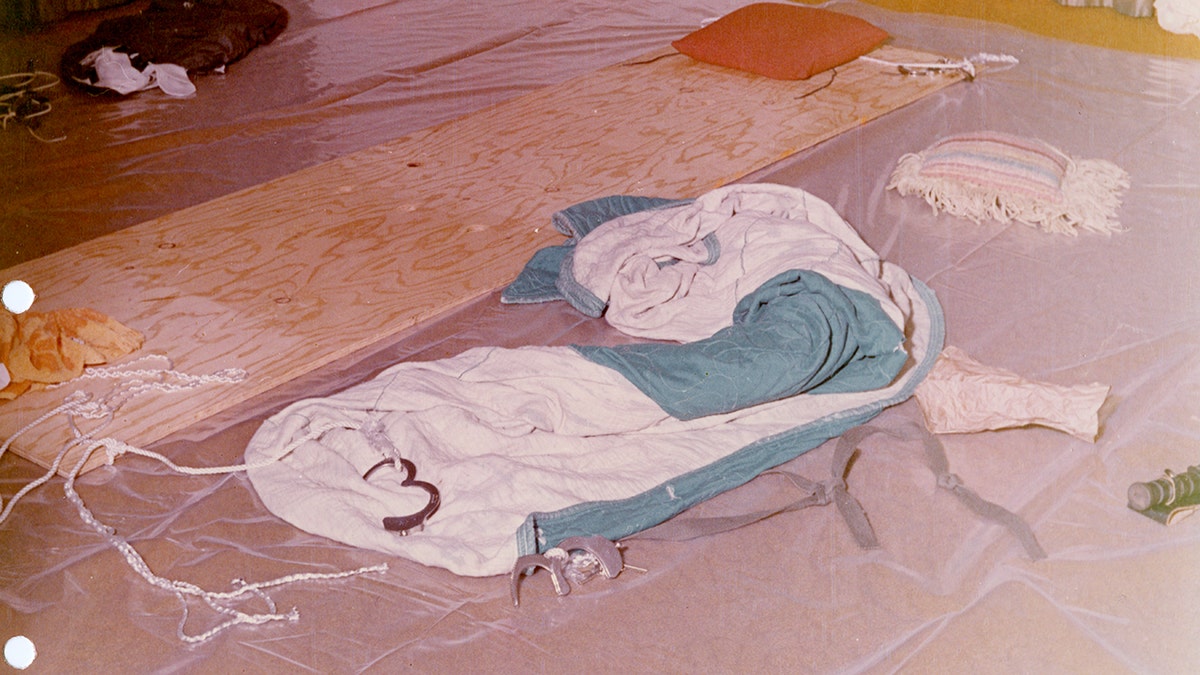
Between 1970 and 1973, young boys and teens mysteriously vanished across Houston Heights, the National Center for Missing & Exploited Children [NCMEC] revealed. Despite growing numbers of missing reports made by parents, the disappearances were often brushed off by police as runaways.
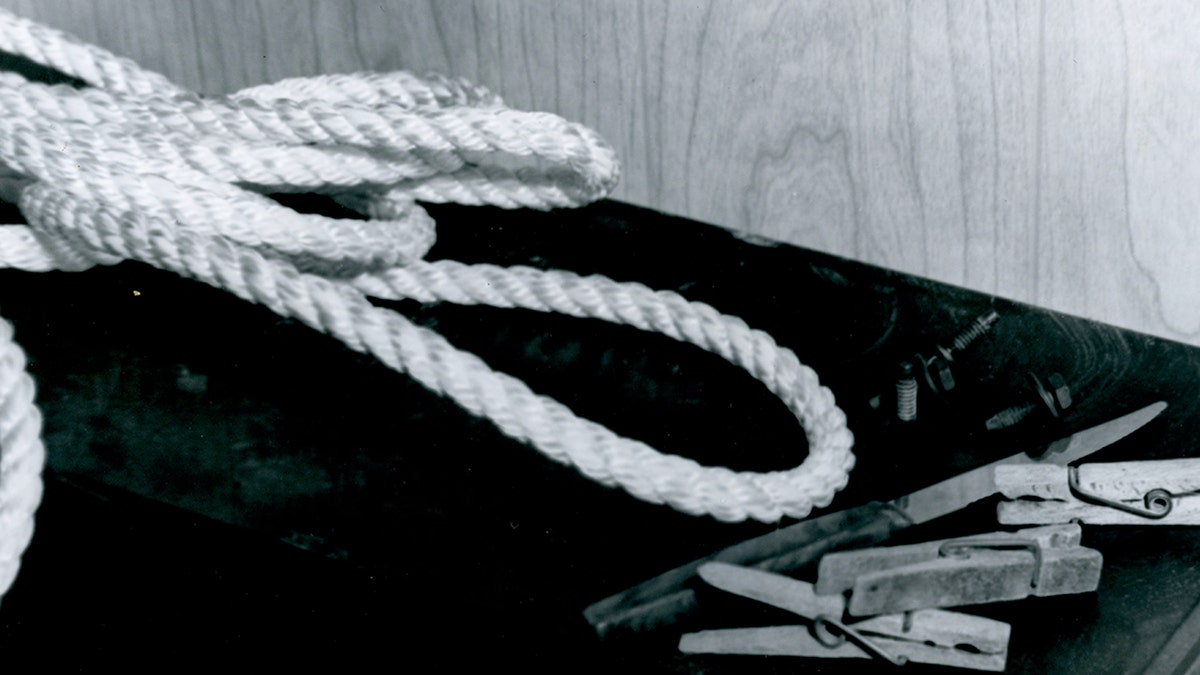
No one suspected the horrors the “Candy Man” was committing behind closed doors.
“Dean Corll was a sadist,” Ramsland said. “He looked for kids to torture. He is one of the worst in terms of what he did. Sometimes he would keep them for two or three days, torturing them. He had this torture board that had holes drilled into it. He would put two kids on the board and have them fight each other.
“One time, it had two best friends. He said, ‘Whoever wins will survive.’ It wasn’t true. But having two kids fight with each other to try to save their own lives, that’s sadistic. He would torture his victims physically and psychologically. And it endured for a while.
SIGN UP TO GET THE TRUE CRIME NEWSLETTER
“He was a predator,” she said. “But he used the face of being a completely normal nice guy, a big brother who was helpful to everyone. He lived a double life that fooled a lot of people.”
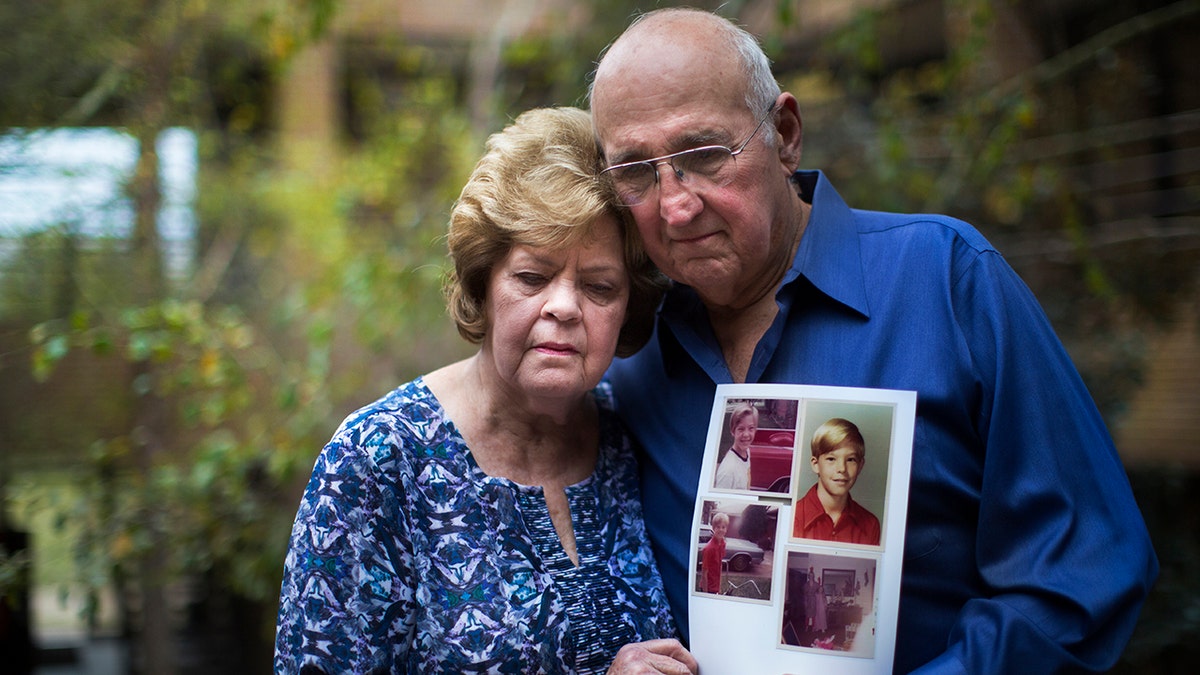
Corll tortured, raped and killed at least 28 boys and young men between the ages of 13 and 20. Many of the bodies were then buried in remote locations.
According to NCMEC, Henley and Brooks, who knew some of the victims as friends, were responsible for luring many of Corll’s victims into his home under false promises of fun. The outlet noted that Henley later reported to police that Corll paid them $200 for each victim. Henley told Ramsland that after Corll killed his captives, he made him wear their clothing.
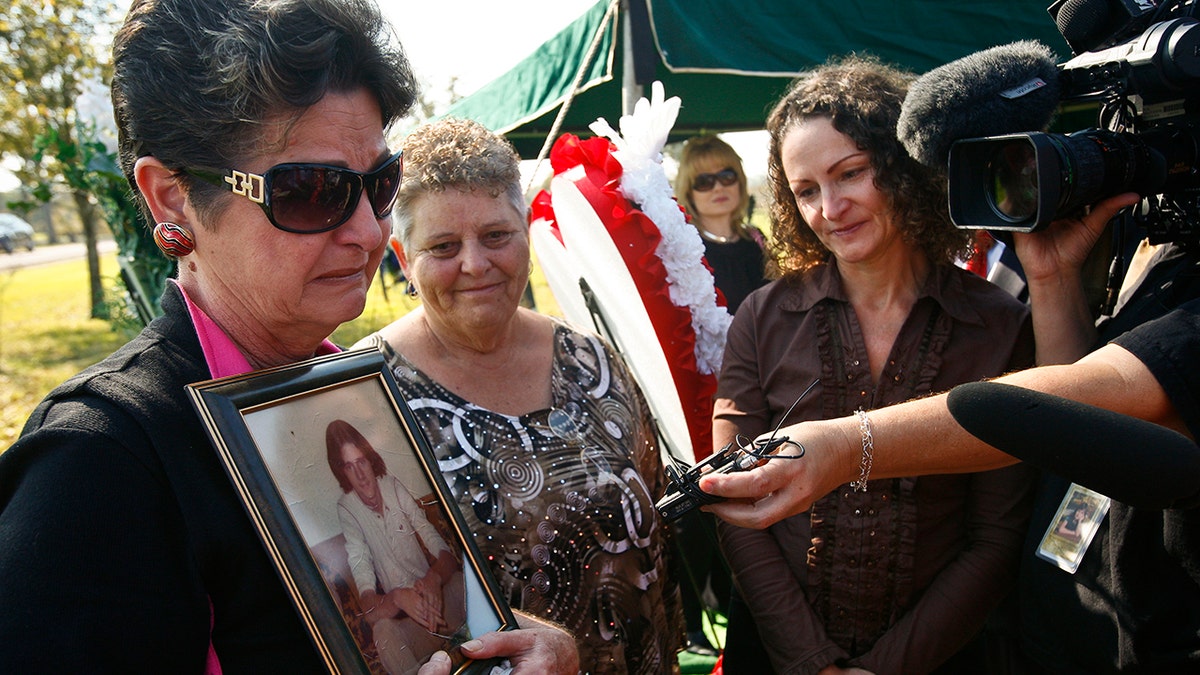
The reign of terror came to an end in August 1973.
GET REAL-TIME UPDATES DIRECTLY ON THE TRUE CRIME HUB

“Wayne brought a girl over with another kid,” said Ramsland. “Corll had bound all of them and said he was going to kill them all. Wayne persuaded him to let him go and said he would help. … When Corll laid the gun down and went after the boy, the girl said something to Wayne like, “Aren’t you going to do something about this?’”
It was Corll who taught Henley how to shoot. And when Corll came charging at him, Henley killed the 33-year-old with his gun.

Later that day, a shaken Henley led police to the bodies of the victims. Over three days, investigators found 16 bodies wrapped in plastic or sheets and buried in a mass grave. Most of the bodies were badly decomposed, and their identities were obscured by time and the elements, The Associated Press reported. The outlet noted that the conditions of the bodies showed traces of suffering.
Over the years, investigators were able to identify known victims.
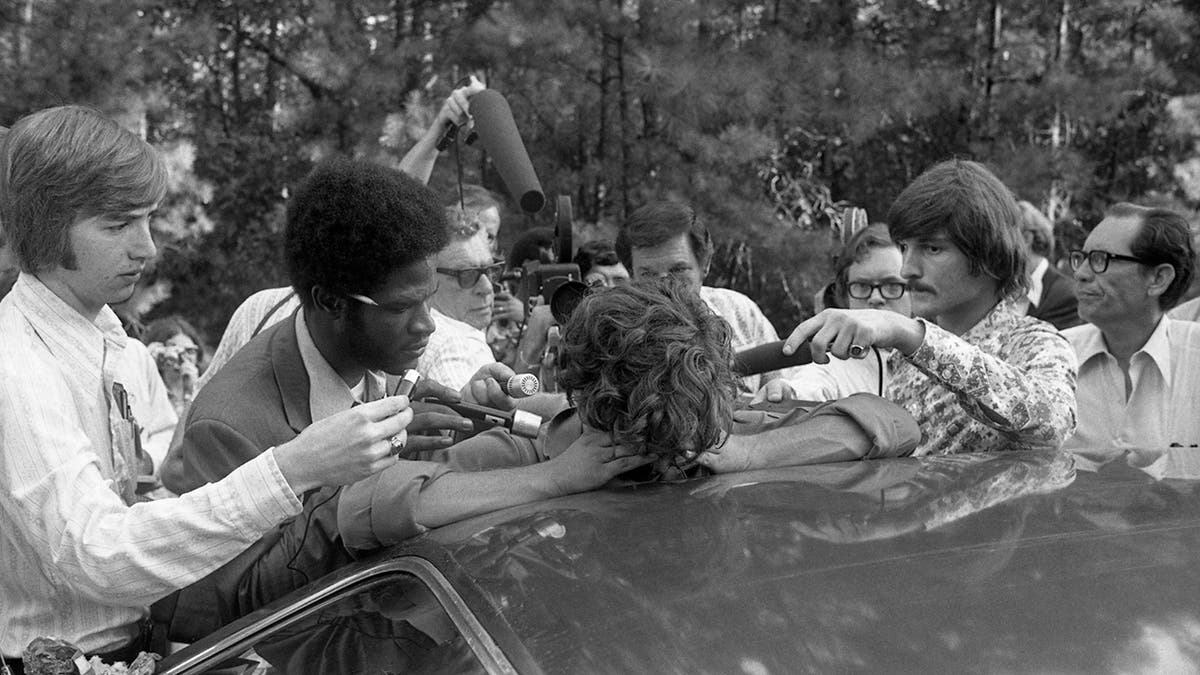
Henley quickly admitted direct involvement in six of the killings and said he struggled with his actions but feared being killed by Corll.
Henley and Brooks received life sentences. Brooks died in 2020 of complications from COVID-19.

Ramsland said that, based on her numerous conversations and letters with Henley, she assessed him as both a victim and a perpetrator. It’s something that needs to be studied more because “we’re going to see more of it,” she argued.
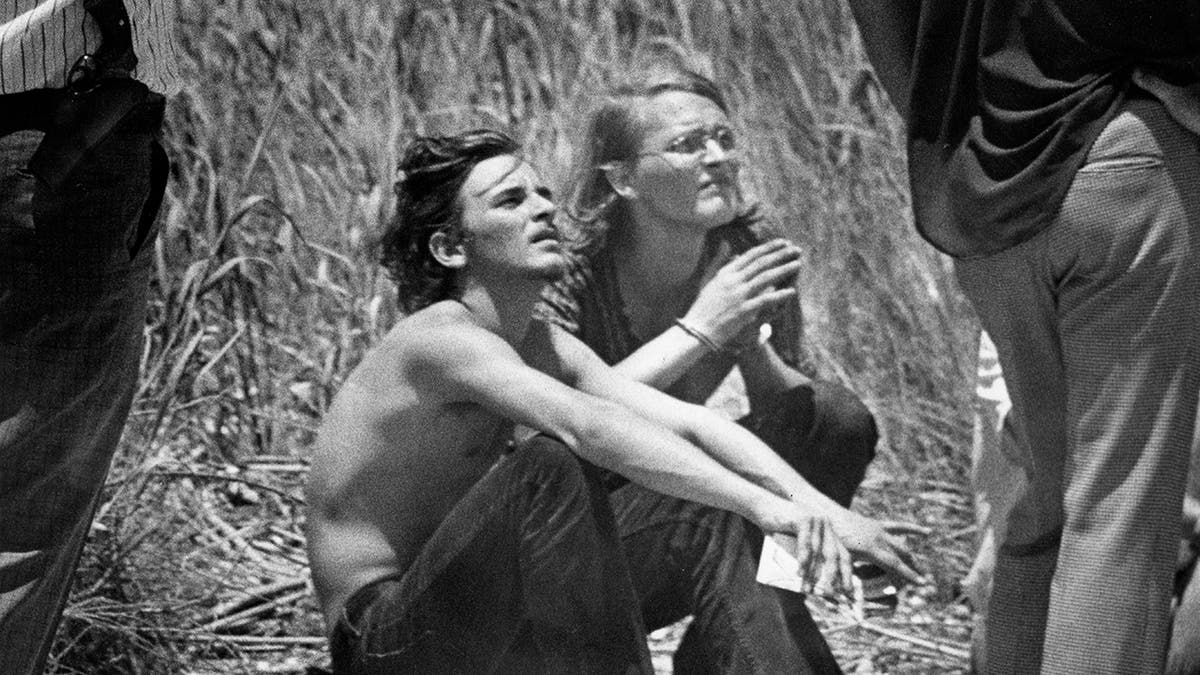
“I don’t put [a person like this] on any level like the victims who were tortured and killed,” Ramsland stressed. “By no means is he that kind of victim. But victims come in all varieties, and I don’t think you can deny that.”
Ramsland believes Henley continues to be haunted by his actions.

“He wanted to be a minister,” she said. “He doesn’t know what to think of himself.”
“The Serial Killer’s Apprentice” premieres Aug. 17 at 9 p.m. The Associated Press contributed to this report.



